Imagine this: you’re slowly floating down a river in a rusty old boat, through a jungle shrouded in fog and mist. Dinosaurs line the river’s edge, eyeing you as you go by. No, you haven’t stepped into “Jurassic Park,” but you have found yourself in a new reality: a virtual reality.
Virtual and augmented reality, along with other immersive technologies — collectively known as mixed realities or XR — are becoming increasingly prevalent in our lives. This semester, Columbia College Chicago introduced a new course, Immersive Environments, dedicated to teaching students the history, uses and future of these technologies.
Julian Grant, an associate professor in the interactive arts and media department at Columbia, created and teaches the first iteration of this course.
“We wanted to create a primer class so that students that were interested in the new virtual reality concepts could have a chance to sample all of the different types,” he said. “This technology is changing on a regular basis but it’s important to know the difference between virtual reality, augmented reality, mixed reality and 360 video.”
Employers are increasingly looking for students with these skills acquired through courses like this one, according to current students and recent alumni.
Columbia senior Anthony Podraza, a game design major, said he wished the college offered more classes on the subject. “I really only started using [VR] to develop [games] last semester during one of the classes. It wasn’t even necessarily a VR class.”
Alum Justin Novak, who graduated in 2017, echoed that sentiment. He developed an interest in VR technology in his latter years at Columbia and now works as a VR designer at Isobar in Chicago. Now, he helps the interactive arts and media department develop content for their XR-based classes.
“I am working with them on some of the curriculum they’re putting out,” he said. “They have the opinion of someone… who was interested and focused and involved with these technologies as it was developing.”
Due to the growing interest and need for this technology, assistant professor of instruction in the interactive arts and media department Bill Guschwan said the college is actively looking for faculty to teach classes fully dedicated to XR.
“We’re in the process of hiring full-time faculty for it, so we think it’s that important. We’re really investing in that area because of the emergent market for it,” he said.
XR continues to expand into other fields, and has allowed for interdisciplinary collaboration.
“Many enterprise- or business-based organizations are exploring VR, so we’re seeing a real uptick in interest for students that have these skill sets that would be working in manufacturing or medical or architectural design,” Grant said.
Guschwan said the high-performance capabilities of game-design software make it easily transferrable to other endeavors. “So then when you bring it to other industries like the health industry, it becomes very powerful,” he said.
Novak has been able to experience firsthand this cross-collaboration. In one of his latest projects, he helped design a concept for a hotel by working alongside individuals from other backgrounds in a virtual space.
“One of the things we found that was really impactful for us was working with their architects, where we were able to put on a headset in Chicago and work with their offices in Florida, and both go into the same environment at the same time,” he said. “They could see it in a way they were not able to see it previously from just sketches.”
Guschwan encourages students to continue to explore and learn about this emerging technology.
“There’s always a new wave of technology, and the opportunity for graduates is to surf that wave,” he said. “You need to be in that wave, and what Columbia is doing is creating opportunities for you to be in that wave. The thing about being in a wave is that it’s fun and exciting, and there’s money on the other end.”




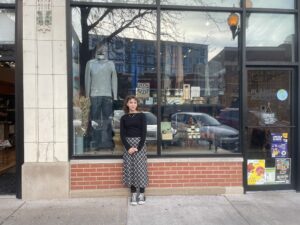

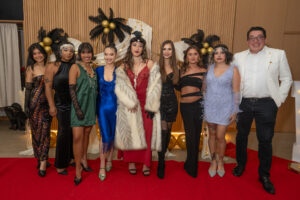


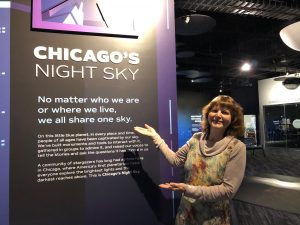
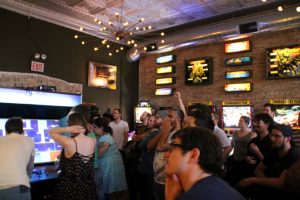
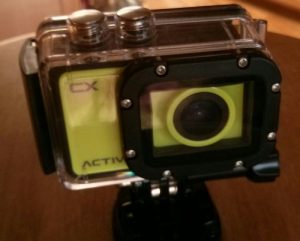
Be First to Comment